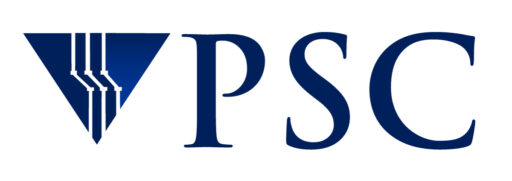XSEDE project brings advanced cyberinfrastructure, digital services, and expertise to nation’s scientists and engineers
PITTSBURGH, July 25, 2011 — A partnership of 17 institutions today announced the Extreme Science and Engineering Discovery Environment (XSEDE). XSEDE will be the most advanced, powerful, and robust collection of integrated advanced digital resources and services in the world.
Scientists and engineers use these resources and services—things like supercomputers, collections of data, and new tools—to propel scientific discovery and improve our lives. They are a crucial part of research in fields like earthquake engineering, materials science, medicine, epidemiology, genomics, astronomy, and biology.
“Enabling scientific discovery though enhanced researcher productivity is our goal, and XSEDE’s ultimate reason for being,” explained Barry Schneider, a program director in the Office of Cyberinfrastructure at the National Science Foundation. NSF will fund the XSEDE project for five years, at $121 million.
“For this sort of cyberscience to be truly effective and provide unique insights, it requires a cyberinfrastructure of local computing hardware at sites around the country, advanced supercomputers at larger centers, generally available software packages, and fast networks. Ideally, they should all work together so the researcher can move from local to national resources transparently and easily.”
XSEDE, and the experts who lead the program, will make that ideal a reality.
XSEDE will replace and expand the TeraGrid project that started more than a decade ago. More than 10,000 scientists used the TeraGrid to complete thousands of research projects, at no cost to the scientists.
That same sort of work—only in more detail, generating more new knowledge and improving our world in an even broader range of fields—will continue with XSEDE.
“The TeraGrid really helped invent the concept of having digital resources like supercomputers, tools, and expertise spread across the country and allowing researchers to easily use them,” said John Towns of the University of Illinois’s National Center for Supercomputing Applications. Towns will lead the XSEDE project and also had a variety of roles in the TeraGrid project.
“This is much more than just the same old resources that TeraGrid offered,” Towns said. “XSEDE will take the next step by lowering technological barriers to access and use. We are creating a distributed cyberinfrastructure in which researchers can establish private, secure environments that have all the resources, services, and collaboration support they need to be productive.”
The XSEDE User Access Layer, for example, will provide a comprehensive view of the resources available—not just those at XSEDE partner sites, but any resources. It will integrate things like authentication and job monitoring, providing a comprehensive view and single contact point for all the cyberinfrastructure that researchers need to achieve their science and education goals.
As a leading partner in XSEDE, the Pittsburgh Supercomputing Center (PSC) extends its active role in the development of NSF’s cyberinfrastructure program, which began with early partnership in the TeraGrid a decade ago. PSC-scientific co-director, Ralph Roskies is a co-principal investigator of XSEDE and co-leads its Advanced User Support Services. Other PSC staff lead XSEDE efforts in Networking, Incident Response, Systems & Software Engineering, Outreach, Allocations Coordination, and Novel & Innovative Projects.
More about PSC: https://www.psc.edu
XSEDE will provide an array of services to ensure that researchers can make the most of the supercomputers and tools. This will include outreach to new communities that haven’t traditionally used cyberinfrastructure and other digital services. It will also include advanced support for very large, complicated, or novel uses of XSEDE resources.
Initially, XSEDE will support 16 supercomputers across the country. It also includes other specialized digital resources and services to complement these computers. These resources will be expanded throughout the lifetime of the project.
The XSEDE partnership includes: University of Illinois at Urbana-Champaign, Carnegie Mellon University/University of Pittsburgh, University of Texas at Austin, University of Tennessee Knoxville, University of Virginia, Shodor Education Foundation, Southeastern Universities Research Association, University of Chicago, University of California San Diego, Indiana University, Jülich Supercomputing Centre, Purdue University, Cornell University, Ohio State University, University of California Berkeley, Rice University, and the National Center for Atmospheric Research. It is led by the University of Illinois’s National Center for Supercomputing Applications.
